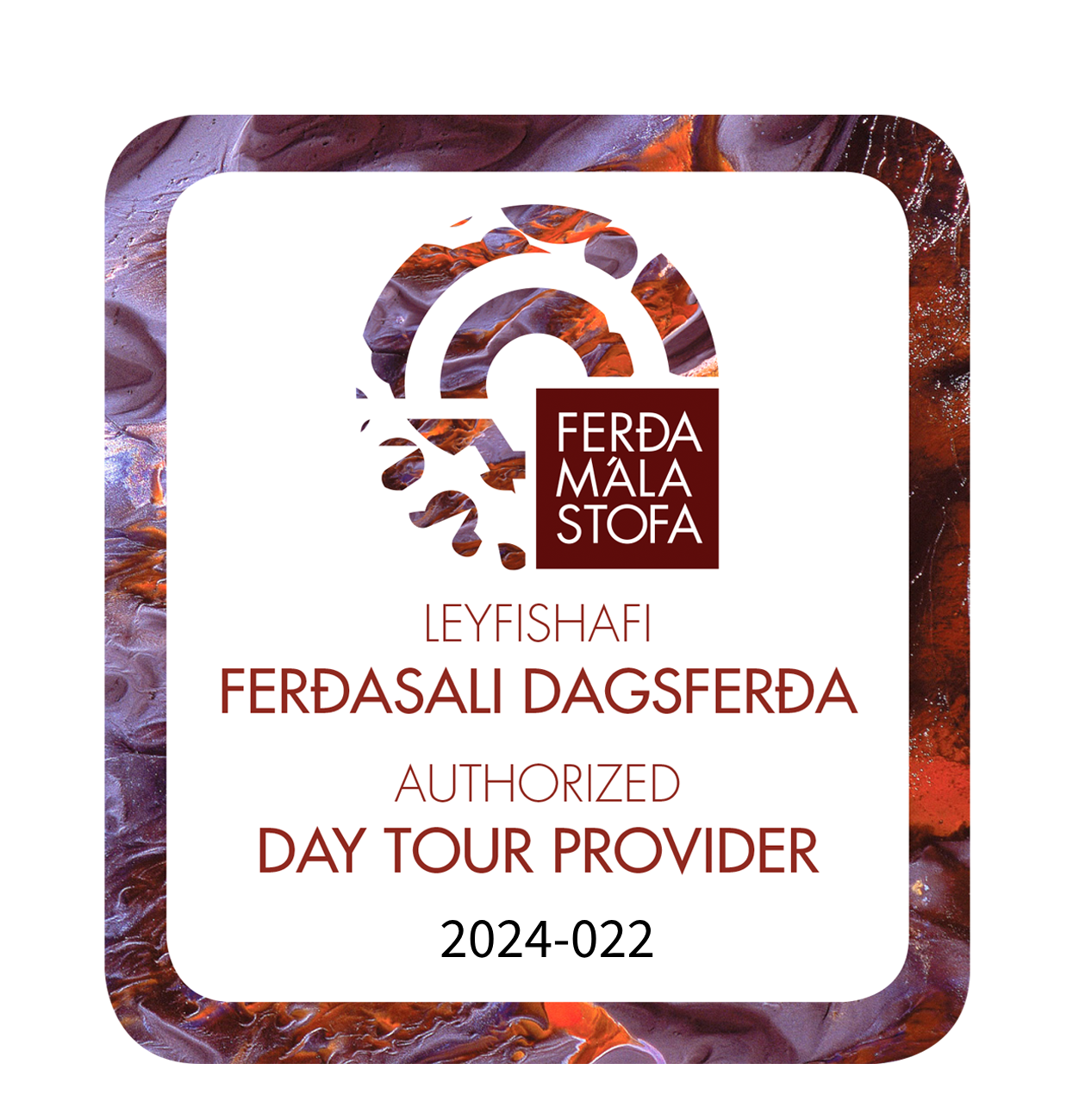Learn Icelandic: A Beginner Icelandic Guide to Getting Started with the Language
Icelandic, the language spoken by the people of Iceland, is a beautiful and unique North Germanic language with deep historical roots. It’s known for its complex grammar, rich vocabulary, and charming pronunciation. If you’re planning a trip to Iceland or simply curious about this fascinating language, here’s a beginners Icelandic guide to help you get started.
1. Getting to Know Icelandic: An Overview
Icelandic is closely related to Old Norse, the language of the Vikings. This means it has preserved many features from the medieval period, making it quite distinct from other Scandinavian languages like Swedish or Norwegian. Its grammar can be complex, but don’t let that intimidate you. With a bit of practice, you can grasp the basics and start communicating in Icelandic.
2. Basic Greetings and Phrases
Here are some essential Icelandic phrases that will help you start conversations and navigate daily interactions:
- Hello – Halló (HAH-lo)
- Goodbye – Bless (BLESS)
- Please – Vinsamlegast (VEEN-sahm-leh-gahst)
- Thank you – Takk (TAHK)
- Yes – Já (YOW)
- No – Nei (NAY)
- How are you? – Hvernig hefurðu það? (KHVET-ning HEH-vur-thu THAT?)
- I’m fine, thank you – Ég er í lagi, takk (YAY air ee LAH-yee, TAHK)
3. Pronunciation Tips
Icelandic pronunciation can be a bit challenging for English speakers, but here are some key points to keep in mind:
- Þ (thorn): This letter is pronounced like the “th” in “thing.” For example, þú (thoo) means “you” (singular).
- Ð (eth): Pronounced like the “th” in “this.” For instance, mið (midh) means “middle.”
- Æ: Pronounced like the “i” in “high.” For example, æð (aith) means “gland.”
- Í: Pronounced like the “ee” in “see.” For instance, mikið (MEE-kith) means “much.”
4. Useful Vocabulary
Building a basic vocabulary will help you in everyday situations. Here are some common Icelandic words and their English equivalents:
- Food – Matur (MAH-tur)
- Water – Vatn (VAHTN)
- Hotel – Hótel (HOH-tel)
- Friend – Vinur (VEEN-ur)
- Love – Ást (AUST)
- Help – Aðstoð (AHT-stoht)
5. Numbers in Icelandic
Knowing numbers is essential for shopping, dining, and navigating:
- One – Einn (AITHN)
- Two – Tveir (TVEIR)
- Three – Þrír (THREER)
- Four – Fjórir (FYOIR-ir)
- Five – Fimm (FIMM)
- Ten – Tíu (TIE-oo)
6. Practice Makes Perfect
To get comfortable with Icelandic, immerse yourself as much as possible:
- Listen to Icelandic Music: Artists like Björk and Sigur Rós are great ways to get used to the sounds of the language.
- Watch Icelandic TV Shows and Films: Subtitled content can help you understand context and pronunciation.
- Use Language Apps: Apps like Drops and Memrise offer Icelandic courses that can help you practice vocabulary and grammar.
7. Useful Resources
Here are some resources if you would like continue your learning journey:
- Icelandic Online: A free resource offering comprehensive lessons in Icelandic.
- Icelandic Grammar Online: A book detailing Icelandic grammar and usage.
- Icelandic Language Learning Communities: Join online forums and groups to connect with other learners and native speakers.
Conclusion
Learning Icelandic might seem daunting at first, but with patience and practice, you’ll find yourself making progress and enjoying the process. Start with basic phrases in the beginners Icelandic guide, focus on pronunciation, and immerse yourself in Icelandic culture through music and media. Before you know it, you’ll be able to hold simple conversations and appreciate the beauty of Icelandic.
So, why not give it a try? Join an Icelandic local guide on a tour with The Grumpy Whale!
Ég vona að þú hafir gaman af því! (I hope you enjoy it!)
